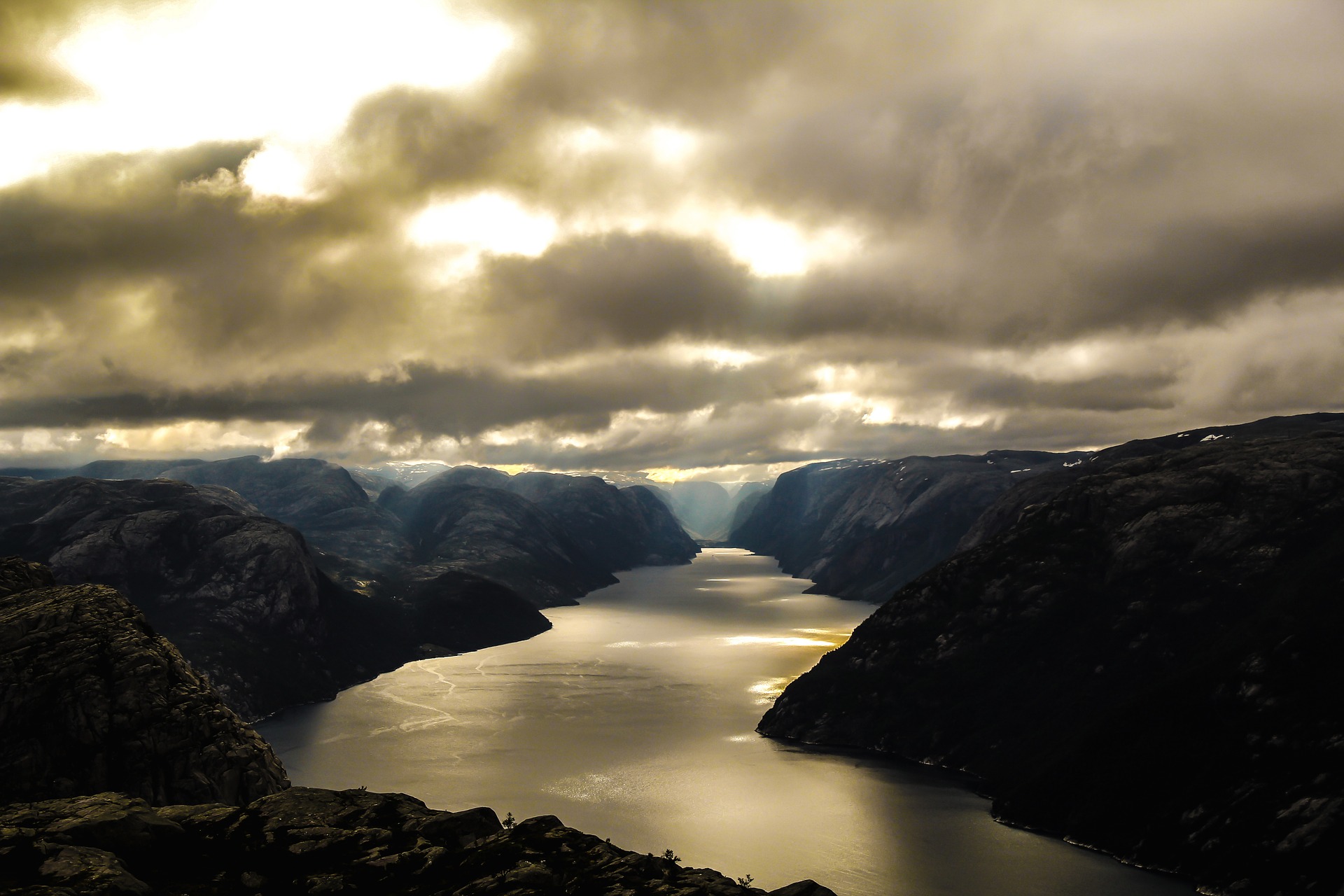This year Me and Mrs. Jones (there’s a song in there – somewhere!) took advantage of the new scheduled flights from Inverness to Bergen and ended up in Norway for our wee summer break. Very nice you might say, but what on earth has this got to do with farming in the North of Scotland?
Well actually, quite a lot and there’s a lot of lessons to be learned for farmers in life after Brexit. Norway is not a member of the EU, but is a part of the European Economic Area (EEA) and a member of the European Free Trade Area (EFTA). There have been a lot of arguments that say the UK and particularly Scotland should adopt the so-called “Norwegian model” as we enter the brave new world outside the EU.
Both countries have a lot of mountains, usually there’s plenty of water and a large proportion of our farmers and crofters have second jobs as the farms are too small to support a family from agriculture alone. There’s quite a bit of income from farm tourism projects and forestry accounts for a lot of second jobs undertaken by farmers as well. Fishing and fish farming, as in Scotland are both economically very important and livestock production on the more marginal land is a vital part of the agricultural output. Despite the short growing season (160 days) grain production is relatively high per hectare on the most fertile land and a lot of that grain is used to feed livestock.
As in Scotland, the smaller farms are slowly disappearing and getting swallowed up into larger units which are economically more viable.
Therefore you might think at first glance that if farmers can succeed in Norway, then life outside of the EU for Scotland might not be so bad after all.
However, there are some notable differences and they became immediately obvious as we stepped off the plane and passed through the incredibly peaceful surroundings of Bergen airport. We had heard that prices were high in Norway and a quick look at the menu in the food area confirmed it …
“Think of a price and double it” was the order of the day for virtually everything and later a price tag of £20 for one portion of fish and chips on the street showed just how far apart our economic systems really are. Norwegians pay high taxes, but enjoy a very high standard of living as a result with fantastic health care and education as well as a first class public transport system.
Food and drink are both at least twice the UK price and this has led to a real understanding of the value to the consumer. We didn’t see any “buy one get one free” deals and a result the generally high price of food means that wastage is very low compared to our own “cheap and throw it away” attitude.
So, how do farmers survive and do they benefit from the higher prices paid by consumers?
Farming is heavily supported by the government in Norway and some farms receive as much as 60% of their income this way, but there are moves to encourage more small-scale entrepreneurs into the world of agriculture.
There is a lot of direct selling via farm shops and farmers markets and the government actively encourages small scale farmers to process their food on-farm and take the produce to market. Some of these farmers markets feature cookery classes, lectures and pop-up restaurants, attracting up to 200,000 visitors demonstrating the keen support for local producers. However, one supermarket chain (Meny) has taken things one step further than their rivals, offering over 2,500 product lines from nearly 500 local producers.
Educating youngsters about food and taking the time to cook from scratch is part of the laid-back way of life in Norway and that mind-set is something we should seriously think about adopting as we leave the EU.
We could do far worse than adopting the “Norwegian model” for our farming after March 2019, but that would involve a culture shift which might be a step too far for the UK.
And finally … we went to one of the most luxurious cinemas in the world in Bergen and were surrounded by folk consuming the usual popcorn/sweeties and cola … but with one important difference … at the exit, everyone put their used bottles and wrappers etc. into the neatly arranged recycling containers, leaving the place spotless for the next visitors … Recycling really is a natural part of the orderly Norwegian lifestyle!
Would we go back again and sample more from Bergen’s food and fish market? … Yes definitely, but first we need to fill up the piggy bank!
@farmerjonesy
